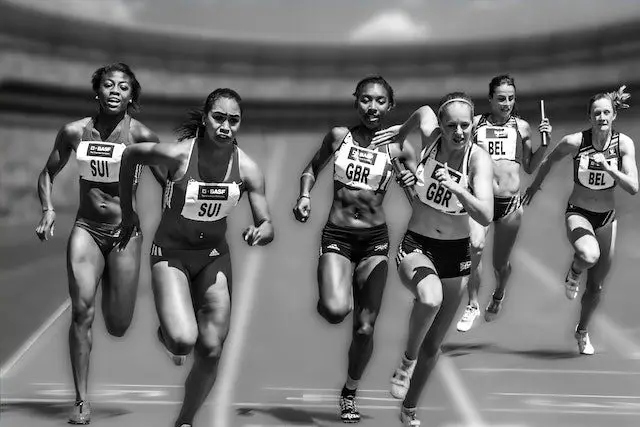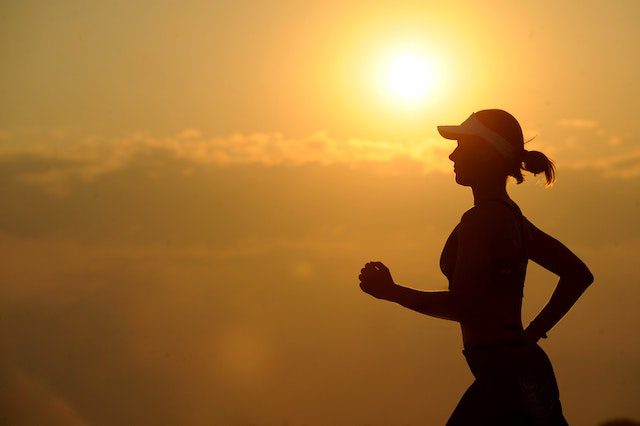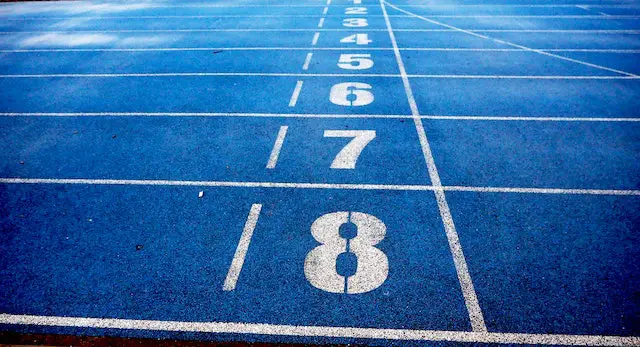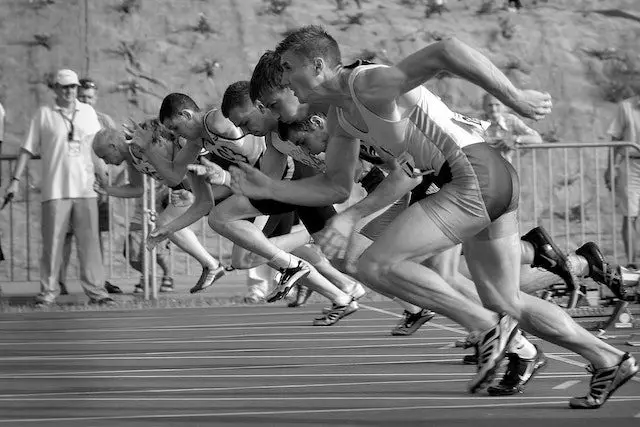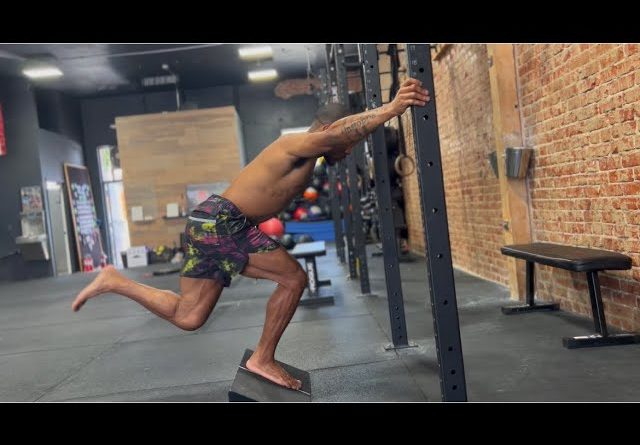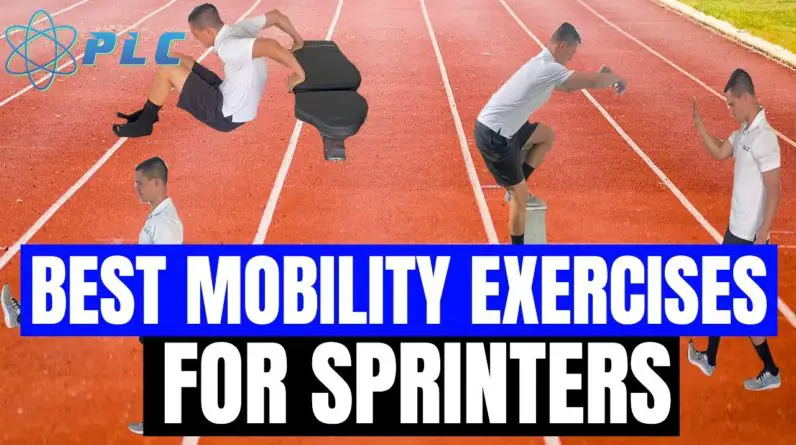How To Keep Track Of Pace While Running
Race walking is much faster than regular walking and differs from all other track events since correct technique is essential for successful performance. The Olympic events of 20 kilometres and 50 kilometres are both extreme tests of endurance and as such the training reflects that of all other endurance athletes.
Better Fitness for Faster Running!
Achieving the running speed that you need is not only a matter of having the will and endurance. There are many other factors involved. Most runners find it difficult to increase their running speeds because of different reasons.
Is It Possible to Run Faster?
To begin with, you have to understand that running faster is not easy therefore you will need motivation. Set your thoughts in a way that they your brain prepares itself for this task. To be able to run faster, you will need to have a positive attitude.
Running Faster Myths
If you’re trying to achieve break-neck speed, you’ve probably asked people around you what they thought of the subject. You’ve probably run into people along the way who think they have speed all figured out. But most of what these individuals think they know is nothing more than myths that have continued to propagate despite being disproven years ago.
Speed Training Drills
If you want to develop break-neck speeds and you want to blow past your competition on the track field, the football field or any other surface, you’ll want to incorporate these three speed training drills. Discover the secrets to speed and reach your maximum speed potential in no time!
Learn How to Run Faster With These Easy Tips
Increasing your running speed can be an amazing benefit you can add do to your training program and can help your overall well-being. Running faster means that you will see better results while you will train for a less amount of time.
Spikes for Track and Field Athletes
Track and field spikes are specialized shoes. They are not only designed for track and field but designed specifically for each individual track or field event.
John Akii-Bua and Amos Omolo: Comparisons and Contrasts of Two Major Uganda Sprinters
While Amos Omolo was Uganda’s most renowned track star of the 1960’s, John Akii-Bua was in turn Uganda’s most significant track athlete of the 1970’s. Akii-Bua’s athletic prowess was discovered relatively early in life when he joined the police force while in his teens. However, Amos Omolo started harvesting his track running abilities relatively late in life, a late bloomer. It was while he was in his mid-twenties that Omolo became a significant international runner; and his personal records were achieved when he was in his early thirties before he soon retired.
The Case Against 3 In A Row in High School Shot and Disc
In the state of Wisconsin, it is common for high school throwers to take all three of their attempts in the prelim or final in succession. I am not sure if this practice is common in other states as well or not, but I am in support of the growing movement in the state to move away from this. It is common for collegiate and international competitions as well as the high school state meet, to work through the flight order with each athlete taking one attempt per round.
Justin Arop: Uganda’s Greatest Javelin Thrower and Field Athlete
Justin Arop is still the only track and field athlete to ever represent Uganda at three Olympic venues. Born on March 24th 1958 in the Acholi region of northern Uganda, Arop was 22 years old when he represented Uganda at the 1980 Olympics in Moscow. In the Qualification Round of the javelin throw, that was contested on July 26th 1980, Arop’s best throw was amazing. His best distance was 82.68m–a new Uganda record that has not yet been surpassed! It was also a new Africa record!
Asics Kayano 17 Review
Introducing the New Asics Kayano 17 Running Shoes. If you’re after a top rated running trainer that offers both fantastic performance and value for money then this article is for you.
Filbert Sanka Bayi: Tanzania’s Greatest Athlete and the Tracks to the World Records
Filbert Bayi, an athlete with an “afro-hairstyle” and boyish looks, had grown up near Arusha on a farm in Karutu within sight of Mount Kilimanjaro. Bayi left school at age 17 and migrated to the capital Dar-es-Salaam. Bayi’s early running training was relatively crude. In the crowded, high-humidity capital, Bayi would pick out and sprint alongside a moving bus and rest when the bus was loading and unloading passengers—some form of interval training. In 1971 Bayi achieved a reasonably good 3min 52 seconds in the 1500m.

